Shawl Geometry: About Shawl Shape Construction Methods
Welcome to the third day of Shawl Design for Beginners! Today we’re going to talk about shawl shapes and their basic construction methods and provide a brief overview about shawl geometry construction methods for the most commonly used shapes: Stoles (rectangles), triangles, and crescent shawls.
One of the most asked questions in my shawl design teaching courses are about shawl geometry and shawl shape construction methods.
Although every shawl shape you can possibly think of is covered in my book Shawl Design in Plain English, what’s still missing sometimes is a basic understanding of how specific shawl shapes are constructed – and that they’re all based on only three basic shapes.
You can find more information about shawl shapes and how specific shawl shapes are constructed in my post series Shawl Design for Everybody here on knitting.today.
So let’s dig a little deeper and have a look at the underlying principles of shawl geometry and shawl shape construction.
Shawl Geometry Explained
All shawl shapes are combinations of basic geometric shapes: circles, triangles and rectangles.

Let’s look at some examples.
Shawl Shape Construction Examples
Polygons are triangle combinations.

If you intend to work an eight corner polygon for instance, as shown in the picture below, you have to work eight triangles in the round and make sure your triangle increase angles sum up to 360° – your shawl won’t lay flat otherwise.
Rhomboids are triangle combinations.
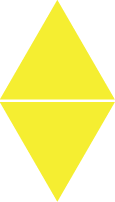
Parallelograms are combinations of triangles and rectangles.
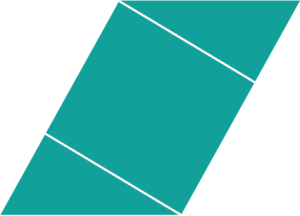
Trapezoids are combinations of triangles and rectangles.

Vortex Shawls are triangle combinations.
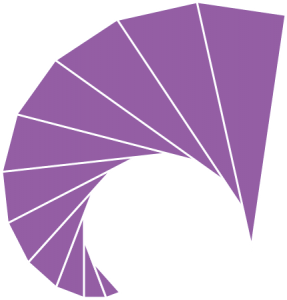
Stars are triangle combinations, too!

Some Shawl Shapes Need More Blocking
There are certain shapes that do not show before a shawl has been blocked. Examples include, but are not limited to, crescent and Faroese shawls.
Crescent shawls can be constructed using various methods. One of them is by short row shaping: in the picture below, the inner triangle is shaped by short rows. The full crescent shape unveils finally after blocking.
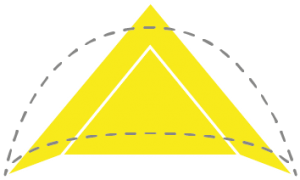
Another example are Faroese shawls as mentioned above. The basic idea of Faroese shawls is to work a triangle shawl with center panels and add additional increases, either during knitting of the main shawl body or by implementing some Raglan shaping.

Exercise: Construct Your Own
As an exercise, think about how you would implement the following shawl shapes.
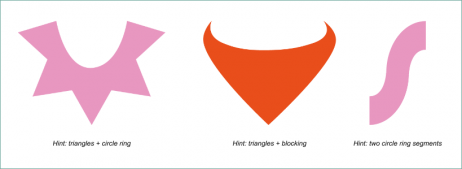
Any ideas? Let me know by leaving a comment below!
By the way: Shawl Design in Plain English is available in the third edition already! Thanks for all your suggestions on updates to include and your patience <3
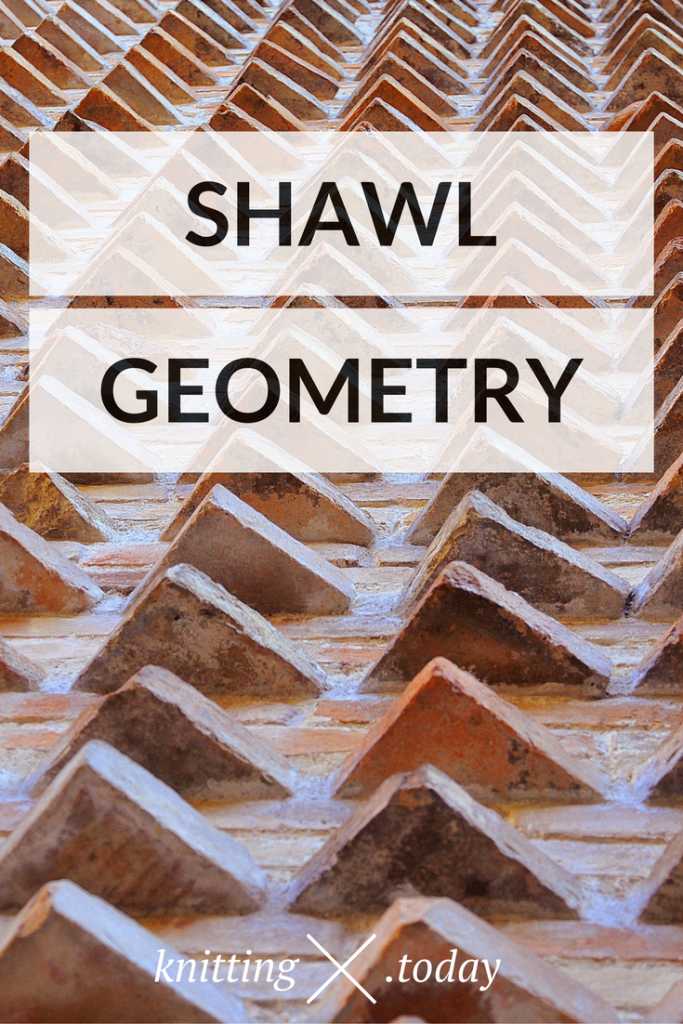

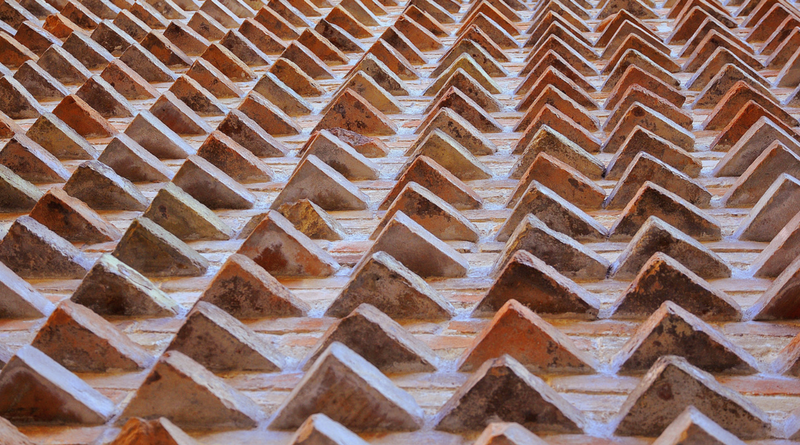
Pingback: Shawl Design for Everybody - Your Free Shawl Design Online Course
I’d use short rows for all of them, but mastering short rows is my latest new-technique achievement.
Do you mean like the 1st would be done with joined triangles. 2nd is triangle shaped with shortrows??? 3rf rectangle shaped with shortrows?? I’m not sure I understand what you meant.
I am still deciding on which fiber to choose from my stash. I am drawn to designing a somewhat geometric design, rather than flowery lace. Haven’t quite decided what that would look like, but I love a crescent shape that drapes nicely but with a block look. Does that make sense?
I dug some lovely North Ronaldsay yarn out of my stash, a one-of-a-kind lace-weight skein space-dyed in bright colours–turquoise, burnt orange, yellow, purple, royal blue. There’s only 340 metres, so I like the idea of a crescent scarf where I can knit the border first and then fill in with short rows, adjusted to how much yarn I have left after doing the border.
Pingback: Shawl Design For Beginners Tutorial - knitting.today
Pingback: Constructing The Fade: The Secrets of Kite Shawls - knitting.today
Pingback: 365 Days of Shawl Knitting - knitting.today
Hello; Thanks for all your ideas BUT the “S” shawl gave me white hair !!!!! I tried several times but the results => Urgggggghhhh …. Happy knitting 🙂